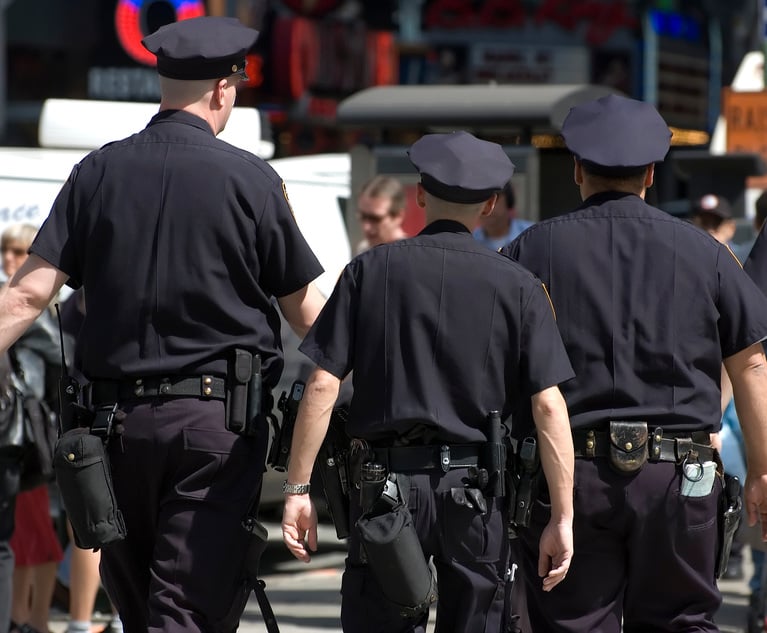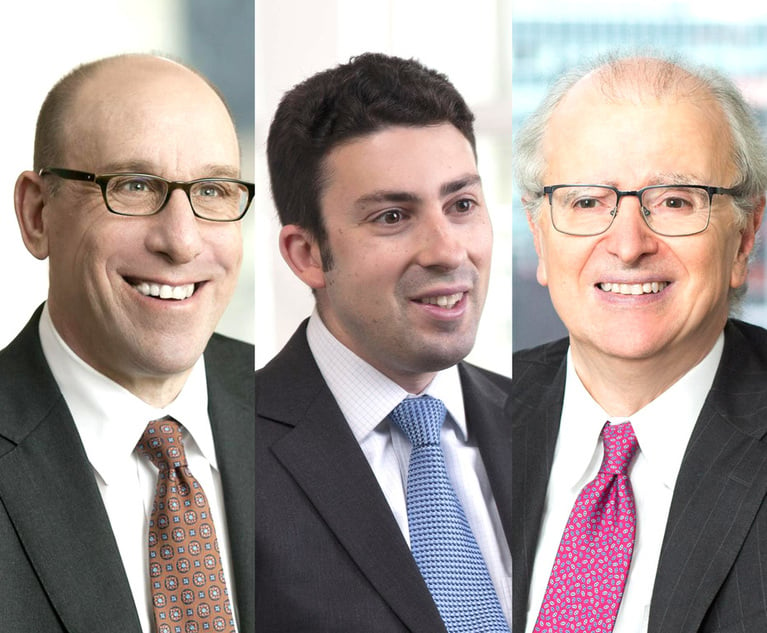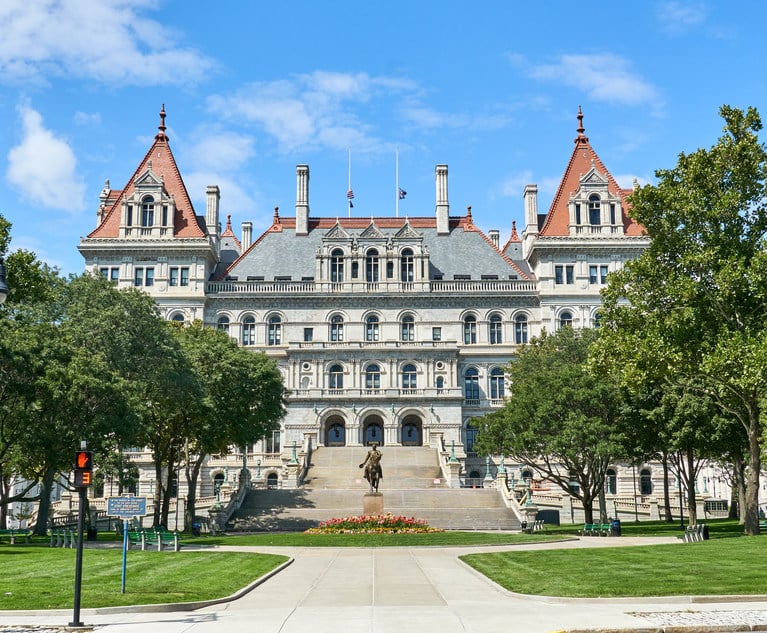“Social distancing” may be familiar parlance among epidemiologists, but the term is relatively novel to those of us who do not study infectious diseases. A new virus, previously unknown to human populations, has swept across the world, endangering entire populations. Governments around the globe have reacted with different measures designed to contain the spread of the SARS-CoV-2 virus and the COVID-19 disease.
As of the preparation of this article, New York state unfortunately holds the record of the most reported COVD-19 cases in the United States. In an effort to contain the virus, the legislature and the governor have put pen to paper, so to speak, to address the needs of the state’s population, with the objective of “flattening the curve” to reduce the daily incidence of new cases. While not constituting a quarantine per se, the governor’s actions nevertheless have imposed significant restrictions on New Yorkers, their livelihoods, and their freedom of movement. What legal standards apply to these restrictions, and do the restrictions go too far in the name of protecting the public from an unprecedented public health emergency?


 Photo: Kira_Yan/Shutterstock.com
Photo: Kira_Yan/Shutterstock.com




